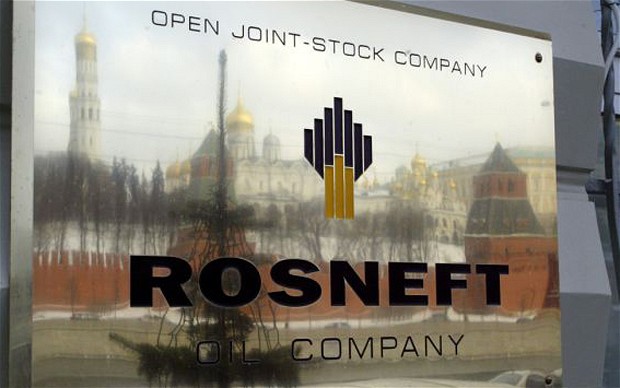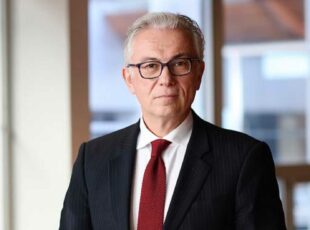How to privatise state assets at a comfortable cost
The story surrounding the 19.5% stake in Rosneft (The shares were acquired by a 50/50 consortium composed of Glencore and the Qatar Investment Authority) stands to become the biggest economic and political sensation of the year.

Konstantin Simonov
The sale of the share package has already generated plenty of brouhaha, with intriguing details continuing to emerge. On December 7th, we were informed that the [earlier] buyback scheme had been cancelled.
But then things got even more interesting. Late on the evening of December 9, Rosneft published a press release stating that the consortium would be paying 10.2, and not 10.5, billion euro for the deal, and that Rosneftegas [gas subsidiary of Rosneft] would receive the rest by dint of a review of Rosneft’s dividend policy. In other words, Rosneft will part-finance the transfer of its shares to Glencore and the QIA. Well, who can claim now that Russia is turning the screw on foreign investors? Furthermore, the change of dividend policy means that shareholders will receive 35% rather than 25% of net profit. Even the government couldn’t elicit such generosity from Rosneft.
Furthermore, the new shareholders won’t be financing the deal entirely out of their own pockets. The bulk of the debt financing will be provided by Italy’s Intesa Sanpaolo, with a number of Russian banks – perhaps including state-owned ones – also providing credit support.
The theory that Glencore and even the QIA are, in fact, only temporary shareholders, was very quick to emerge. There have been comparable scenarios in recent Russian history: we need only recall Yukos’ gas assets, as well as its stake in Gazprom Neft, acquired by EniNeftegaz in order to be resold at a profit to Russian concerns.
I have long been saying that the ultimate objective of Russia’s ruling clans is to privatise state assets at a comfortable cost in order to serve their own interests. When it comes to the possibility of becoming a private owner, all our state capitalists disappear immediately.
In this regard, the original buyback scheme would have been more advantageous for Igor Sechin; had it gone ahead, the shares could have been sold off piece by piece without causing any undue publicity. Sechin has demonstrated time and time again that he is capable of reaching agreements with the government.
But something went wrong. By all accounts, Putin vetoed the scheme at the last minute. Rosneft didn’t even have time to cancel the issue of 600 billion roubles’ worth of bonds that had clearly been planned with the buyback scheme in mind. Furthermore, the choice of buyers seems odd for Sechin, who has been forging close ties with Trafigura, another commodities trading company. It is with Trafigura (as well as United Capital Partners) that Rosneft has been working on a deal to buy India’s Essar Oil – so it would have been far more logical for Sechin to involve Trafigura in the current sale as well. It would appear, then, that questions of intra-clan equilibrium influenced the final shape of the scheme.
If Glencore and even the Qataris are indeed merely temporary owners, the following question arises: has it already been determined who’ll take their place in future? I have a feeling that it hasn’t – or at least not completely. So the story of Rosneft’s privatisation is far from over, and holds plenty of surprises in store, especially as far as domestic policy is concerned.
The author is the general director of the National Energy Security Fund
This article was first published in Vedomosti



